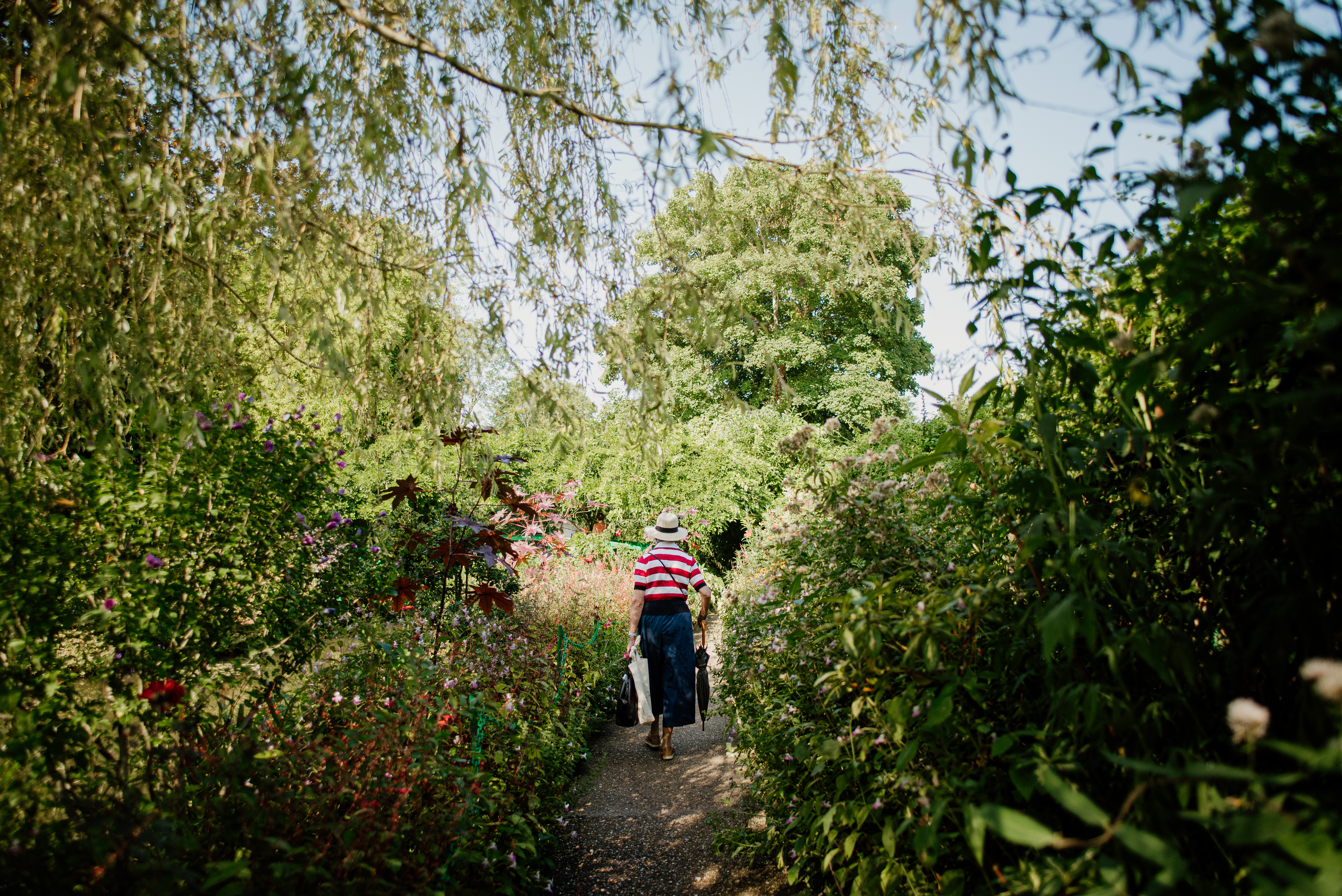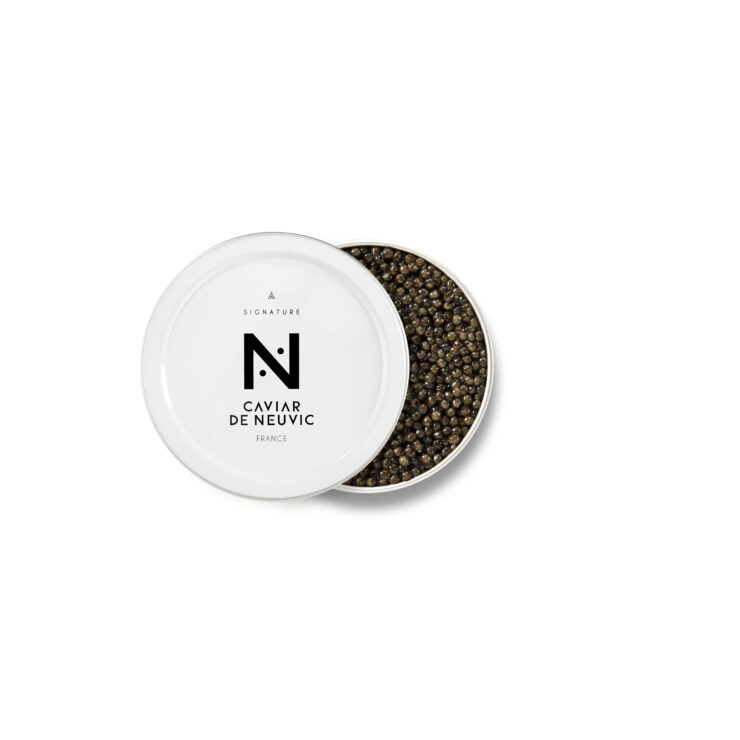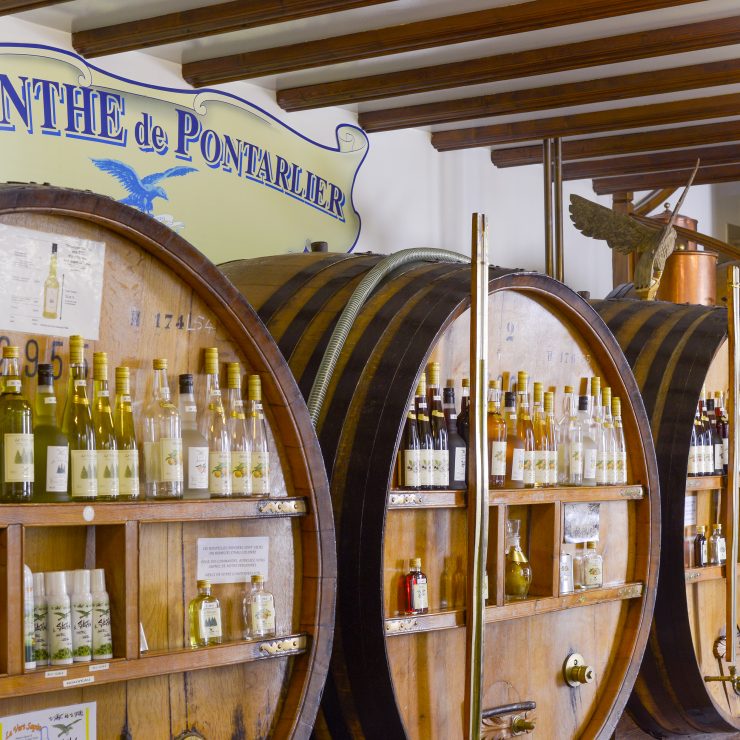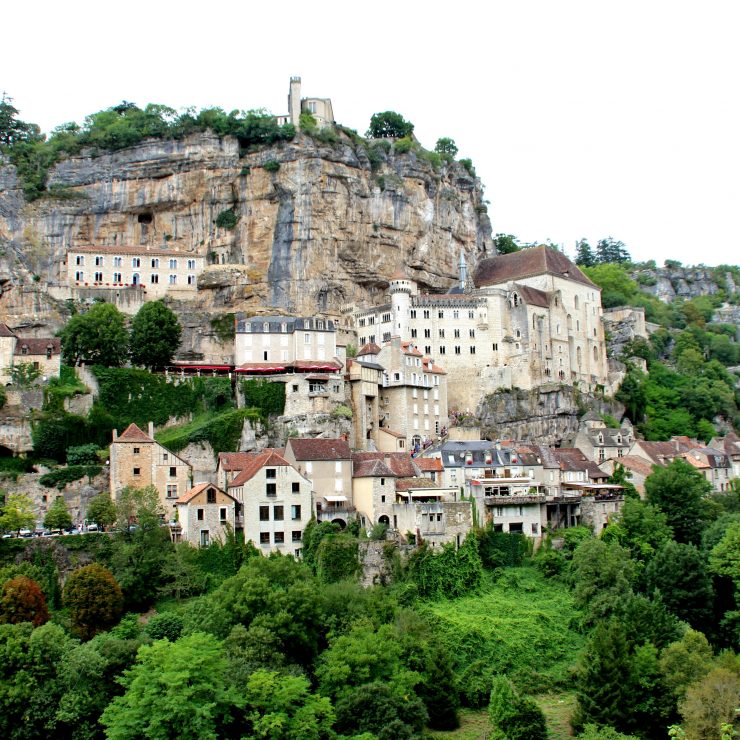Giverny, Aix-en-Provence, Arles and Collioure attract creatives in every field and those eager to experience the art of living
Especially after the dawn of Impressionism in 1874, the light and landscapes of France proved to be an endless source of inspiration for some of the world’s most renowned artists. Canvasses came to life with everything from luminous seascapes and quaint villages to mountainous panoramas and fields bathed in shades of gold.
Though Normandy was the cradle of Impressionism (and Claude Monet the movement’s father), towards the end of the 19th century, many painters flocked to the south of the country where the vivid colours of the Midi fueled their imagination and flowed through their paintbrushes. Vincent van Gogh, for example, rendered his famous sunflowers in Arles during the height of his artistic career. For Fauvist painters Henri Matisse and André Derain, a summer’s sojourn at the fishing port of Collioure on the Côte Vermeille would result in some of their most striking works. Other painters, such as Aix-en-Provence native Paul Cézanne, were fortunate enough to call these visual wonderlands home.
Monet’s Giverny
The first half of Monet’s artistic career could hardly be called successful. His paintings weren’t well received, and he barely made enough to support his young family. That all changed when he returned to his beloved Normandy in 1883. In the charming town of Giverny, he rented Le Pressoir, a spacious house with a rose-pink facade and striking green shutters. There was a barn for him to use as a studio, and the property was surrounded by lush gardens, orchards and blossoming meadows. “I am in raptures. Giverny is a splendid place for me,” Monet told art critic Théodore Duret shortly after his move. By 1890, he was wealthy enough to buy Le Pressoir, even expanding his outdoor oasis with the water garden and Japanese bridge that would inspire his renowned Water Lilies series.
After Mont-Saint-Michel, Monet’s house is the second-most visited tourist destination in Normandy, attracting roughly 500,000 visitors annually. Giverny is located on the right bank of the Seine in the Eure department, just 80km northwest of Paris. The town is small, with just a little over 500 inhabitants, yet it boasts a lively atmosphere with art galleries, a museum of Impressionism and a selection of good restaurants such as Hôtel Baudy, once frequented by the likes of Rodin, Sisley and Mary Cassatt. The town of Vernon, situated on the opposite side of the river and just a 10-minute drive away, has plenty of shops and other amenities. If you appreciate the pleasures of the table, it’s good to know that Rouen, Normandy’s attractive capital, was named ‘UNESCO City of Gastronomy last November and is only one hour to the north.
On average, property prices in Giverny range from €1,361 to €4,445/m². Though small family homes are hard to find, those who have aspirations of starting a B&B or hosting creative workshops will have enough to choose from.
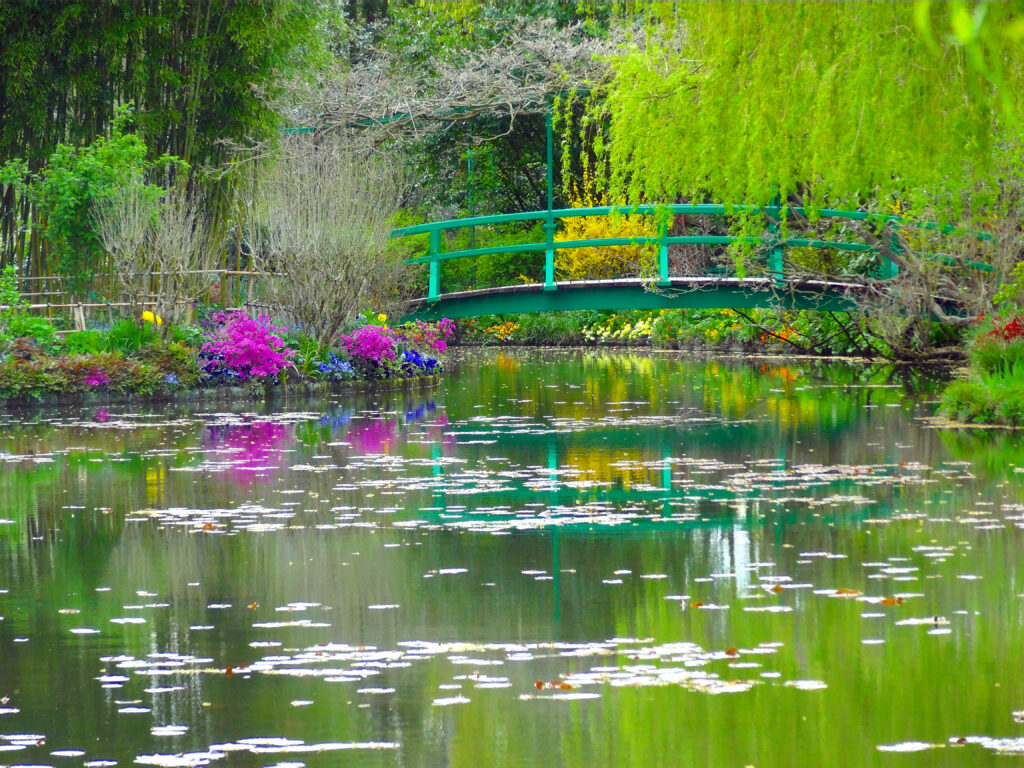
Japanese bridge in Giverny (Eva TESSIER)
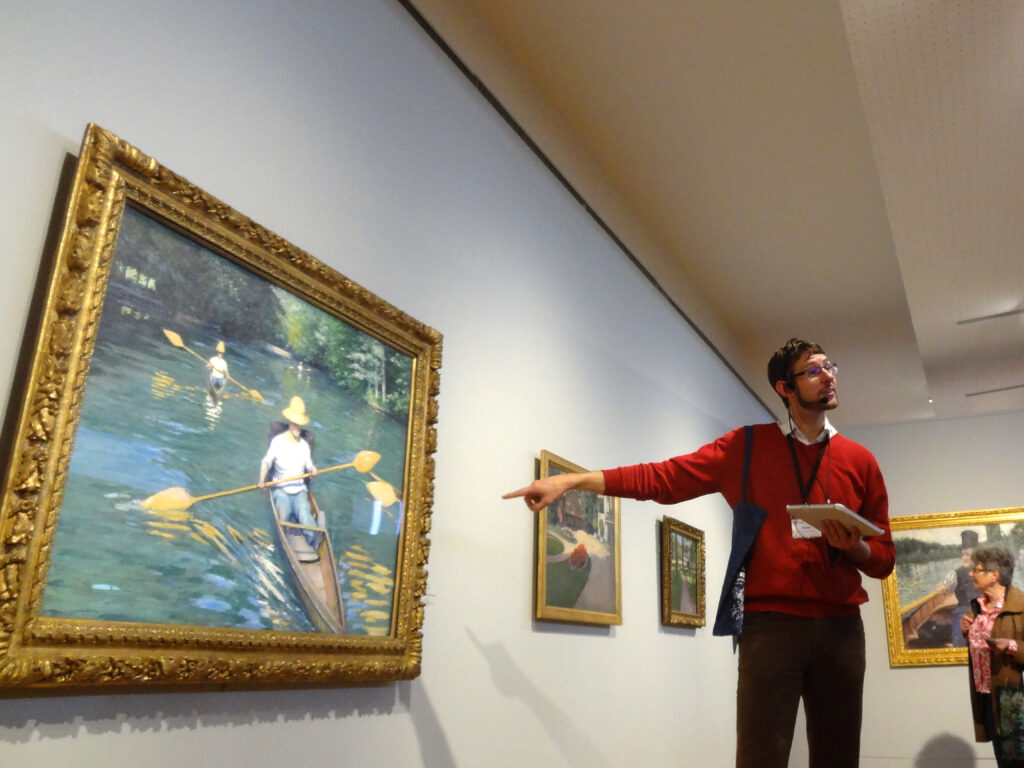
Musée des Impressionnismes Giverny (Eva TESSIER)
Cézanne’s Aix-en-Provence
Hailed as the father of modern art, Post-Impressionist painter Cézanne was born in 1839 to an affluent family in the handsome town of Aix-en-Provence. Today, his legacy is palpable all over Aix and its surroundings. His career blossomed at Bastide du Jas de Bouffan, the family home where Cézanne spent four decades creating numerous works, among them a dozen murals on the ground floor and his first rendering of Mont Sainte-Victoire, which would become his muse. Another must-see is Cézanne’s impressive, light-flooded atelier in the hills of Les Lauves, where he worked from 1901 until his death in 1906.
“Aix is a very picturesque ville, referred to as the town of a thousand fountains because there are pretty fountains tinkling on almost every corner,” says Kayte Stennett, who moved to Aix-en-Provence in 2018. “Winding narrow streets lead to large squares engulfed by market stalls laden with local produce in the morning and later in the day by café tables where you can sit elbow to elbow nursing a coffee or glass of rosé.”
Originally from Cheltenham, England, Kayte is lucky enough to live in the centre of town with her partner and their infant son. “Finding a place to live here can be tricky at first,” she explains. “Rental and purchase prices are high if you want the convenience of living in the centre ville (although much lower than in Paris or London). There are some very beautiful properties in and around Aix with gorgeous period features including the burnt-red hexagonal floor tiles typical of the region (called tomettes).”
Aix has a large international community, and though Kayte has found the locals to be very welcoming, she currently heads a meetup group to help foreigners feel more “at home”. “The longer you stay in Aix, the more it feels like a village. It is very family-friendly, and we are always bumping into friends in the town centre,” she says.
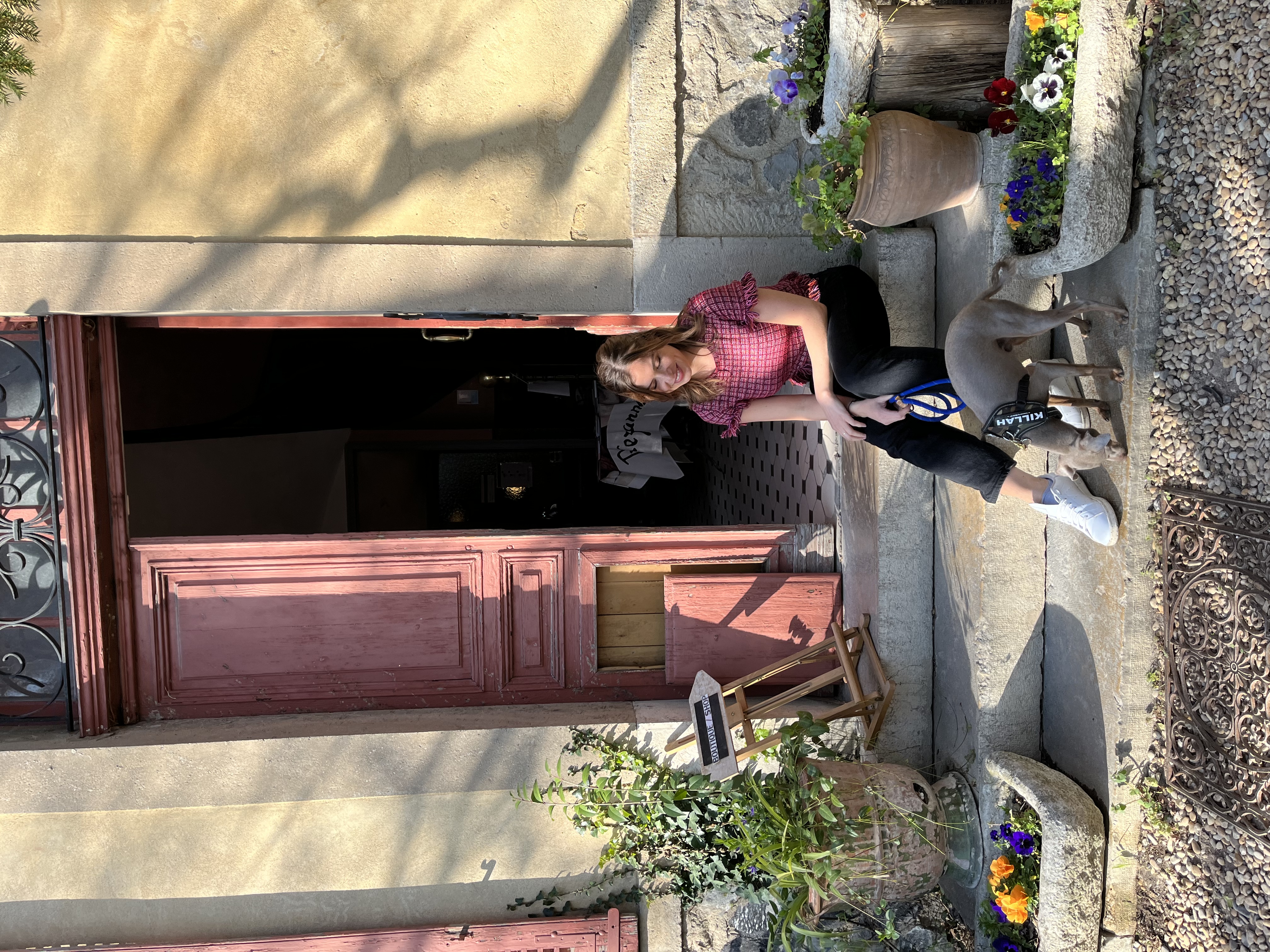
Kayte Stennett and her dog Pablo in front of Cézanne’s studio (Kayte Stennett)
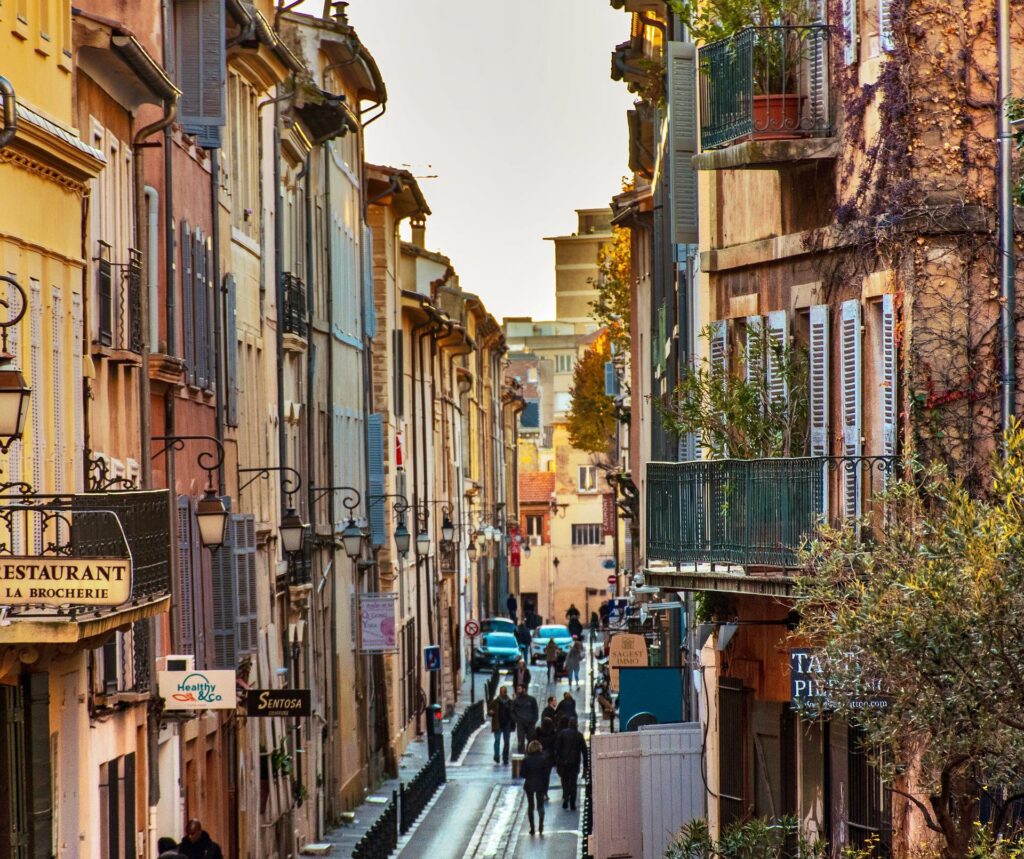
Colourful streets of Aix-en-Provence (Pixabay)
Van Gogh’s Arles
From Aix-en-Provence, it’s only about an hour west to Arles, a town made famous by Vincent van Gogh, the most renowned Dutch painter after Rembrandt and one of the greatest contributors to Post-Impressionist art. Van Gogh lived in Paris and died in Auvers-sur-Oise, but it was in Arles (where he lived from 1888 to 1890) that he would enter one of the most productive periods of his career, creating some three hundred paintings and drawings influenced by the lush, sun-drenched landscape of Provence.
In Paris, Van Gogh began to feel increasingly suffocated and drained. Moving south, to what he called “the land of blue tones and gay colours”, provided the change he so much craved. There was a layer of snow on the ground when he arrived in Arles in February, but by April he was painting trees abundantly covered in blossoms. The summer was spent reveling in the beauty of the countryside. In a letter to his brother Theo, he wrote: “Ah, these farmhouse gardens with the lovely big red Provence roses, the vines, the fig trees; it’s quite poetic, and the eternal strong sun, in spite of which the foliage stays very green.”
Arles is located in the Bouches-du-Rhône department and has a population of about 52,000. In the historic centre, traces of its Roman past are evident in monuments such as the obelisk in front of the mairie on Place de la République and the amphitheatre (the main touristic highlight) dating to 90AD. Those who want to follow in Van Gogh’s footsteps can stop by the tourism office for a map detailing some of the places that inspired him.
According to Sandra Gastaud from Manaranche Immobilier, prices in Arles range from €900 to €4,500/m². Expect to pay the highest prices in the centre and in the districts of Alyscamps, Mouleyrès and Chabourlet. A two-bedroom apartment of 59m², for example, was recently on the market for €245,000 in Mouleyrès, not far from the Luma Tower, an impressive geometric edifice which opened last June and will be used for a variety of artistic endeavors. Lower prices can be found in the districts of Griffeuille, Barriol and Trébon. In general, prices in Arles are lower than in other cities in Bouches-du-Rhône such as Marseille or Saint Rémy de Provence.
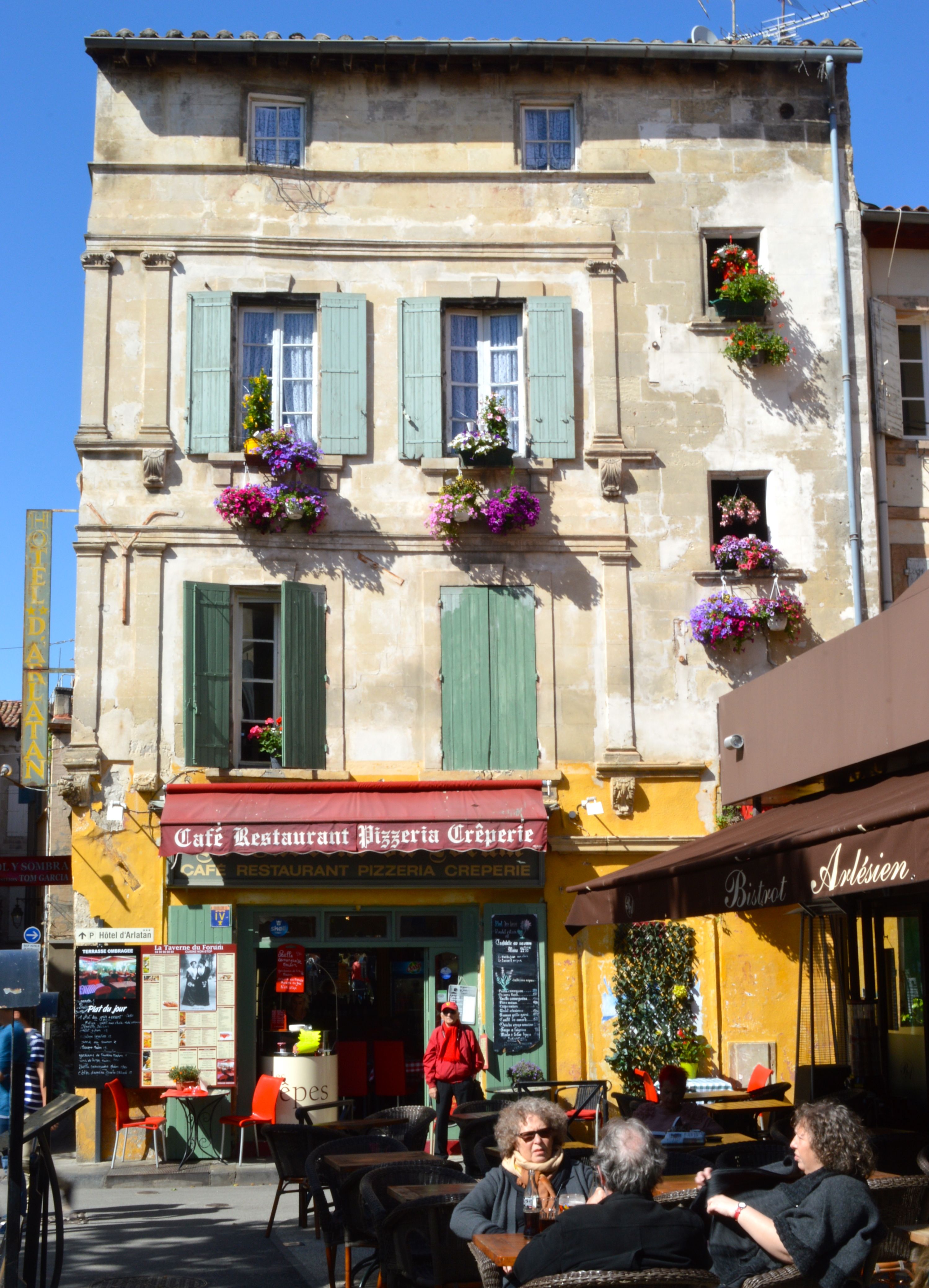
The colours that inspired Van Gogh (Guisto Oliveri)
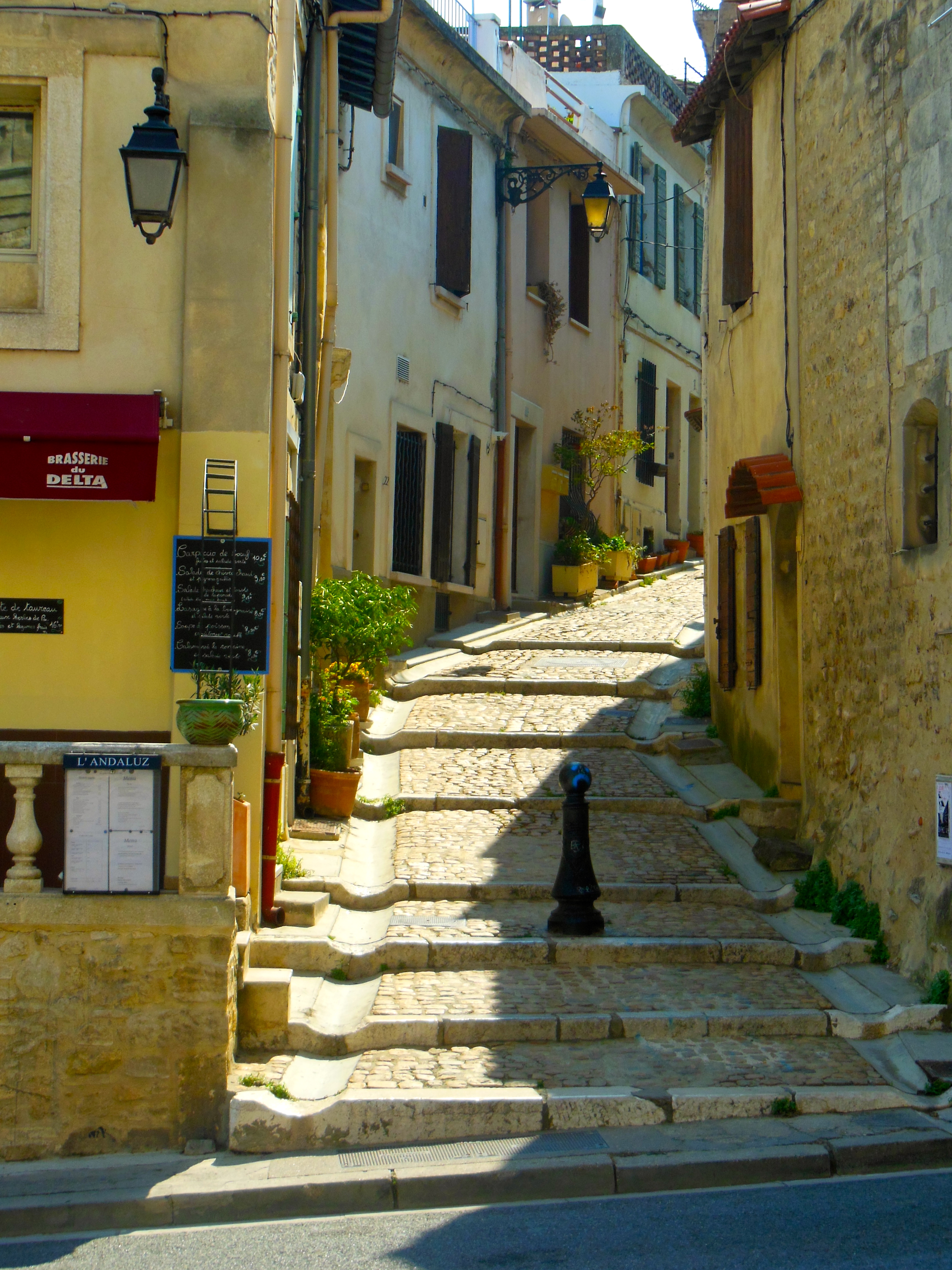
Arles’ streets are bathed in sun-drenched hues (Office de Tourisme d’Arles)
Matisse & Derain’s Collioure
Towards the end of the 19th century, the postcard-pretty port town of Collioure began attracting artists such as Henri Rouart, Albert Marquet, Paul Signac, Henri-Jean Guillaume Martin and later Pablo Picasso and Salvador Dalí. They were mesmerized by Collioure’s intense light, azure skies, rainbow-coloured houses and especially the glistening waters of its port, which artists rendered in a variety of styles.
It wasn’t until 1905, however, that Collioure became a household name in the world of art thanks to Henri Matisse and André Derain. That year, the painters spent their summer setting up easels all over town, immortalising Collioure’s splendour in an explosion of colour. Their thick, bold brushstrokes were a stark contrast to the Impressionist movement, earning them the name ‘Les Fauves’, which meant ‘The Wild Ones’.
Collioure is home to a museum of modern art and no less than 40 galleries. Those seduced by Collioure’s artistic appeal should know that prices tend to be the highest in the department of Pyrénées-Orientales. According to Nawel Barranger of Laroca Immobilier (an agency specialising on the Côte Vermeille), expect to pay €4,500/m² on average for a house and €5,500/m² for an apartment. Barranger: “The most expensive area is the centre of town, especially in Quartier du Mouré. The price for a village house of approximately 70m² with a terrace is around €360,000. With a sea view the price can be around €400,000.”
Besides having an ample budget, finding the perfect place can take time in a town as popular as Collioure, but your patience will certainly be rewarded. Matisse once said: “No sky in all of France is more blue than that of Collioure. I only have to close the shutters of my room and there before me are all the colours of the Mediterranean.”
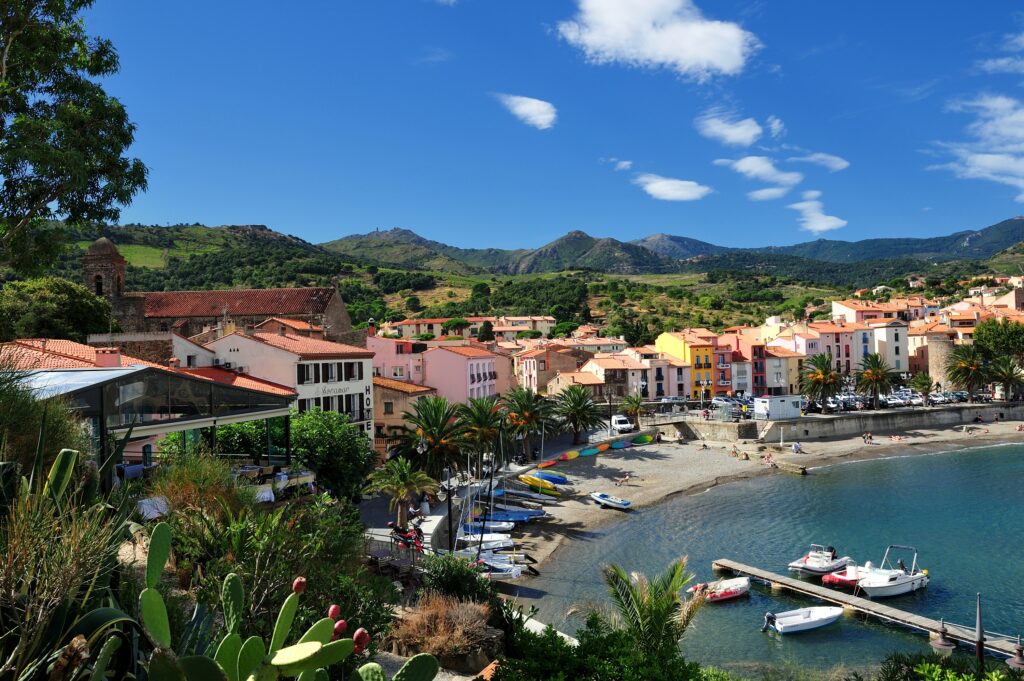
Landscapes and colours of Collioure (H.ARGENCE – OT Collioure)
Opening image: Monet’s gardens (Normandy Tourism)
Why live in an artist town?
- Inspiration aplenty – from museums to galleries and a myriad of art events, you’ll live in an environment that will endlessly stimulate your creativity.
- Painterly scenery – imagine opening a sketchbook or setting up an easel in places such as Monet’s garden, the sparkling bay of Collioure or a pretty square in Arles or Aix-en-Provence.
- Expand your career – Giverny, Aix-en-Provence, Arles and Collioure are places of pilgrimage for art lovers and great destinations for creative tourism. Perfect if you’re considering hosting art classes or workshops. Thinking of opening your own art gallery? These artist towns could be the ultimate location!
- Year-round beauty – winters in Giverny can be cold, but every season brings its own charm to the village. In the artists’ towns of the south, winters are short and sunny skies are the norm.
- Meet like-minded people – living in an artist hub means lots of opportunities to interact with other creatives and exchange ideas.

